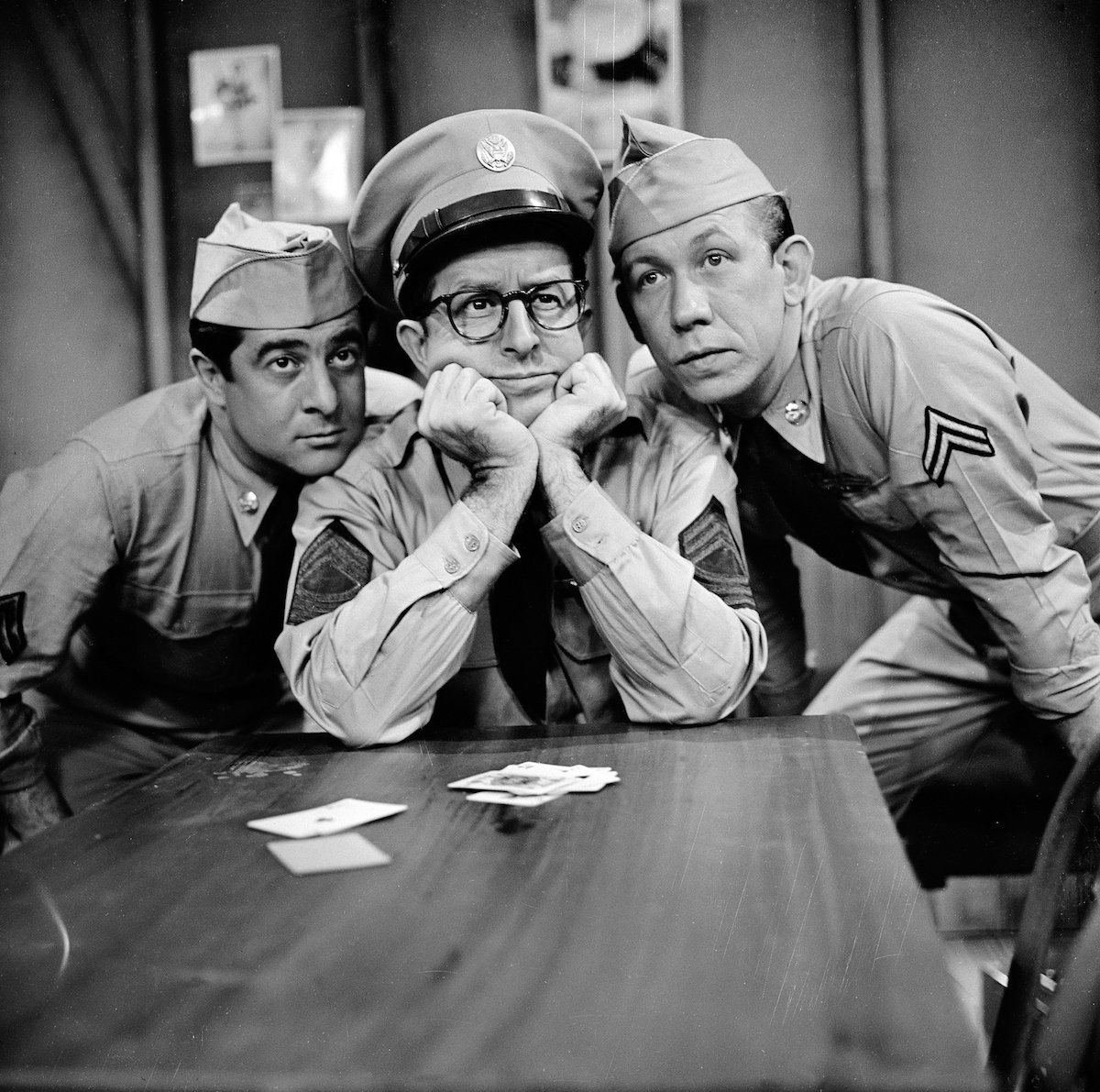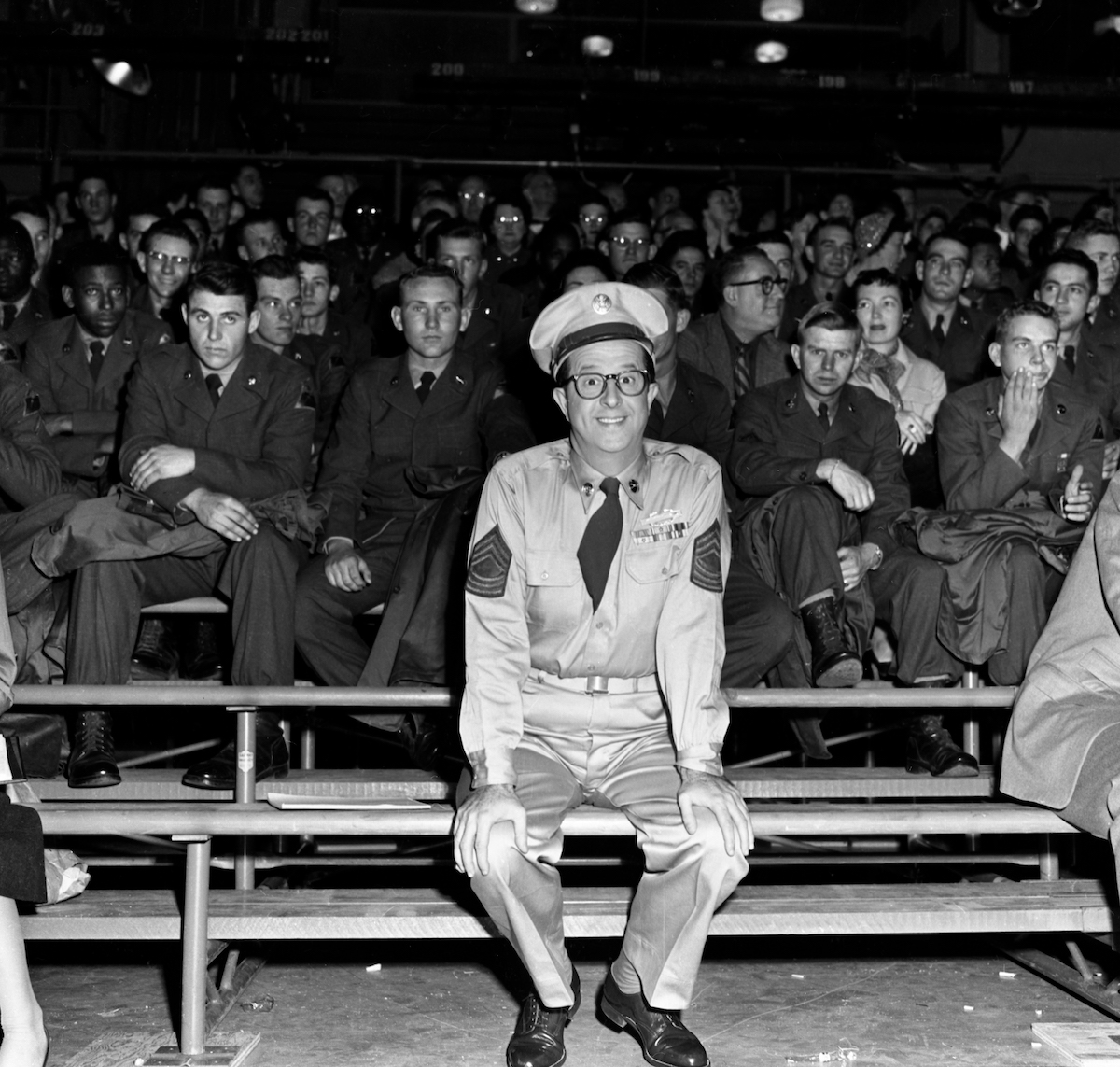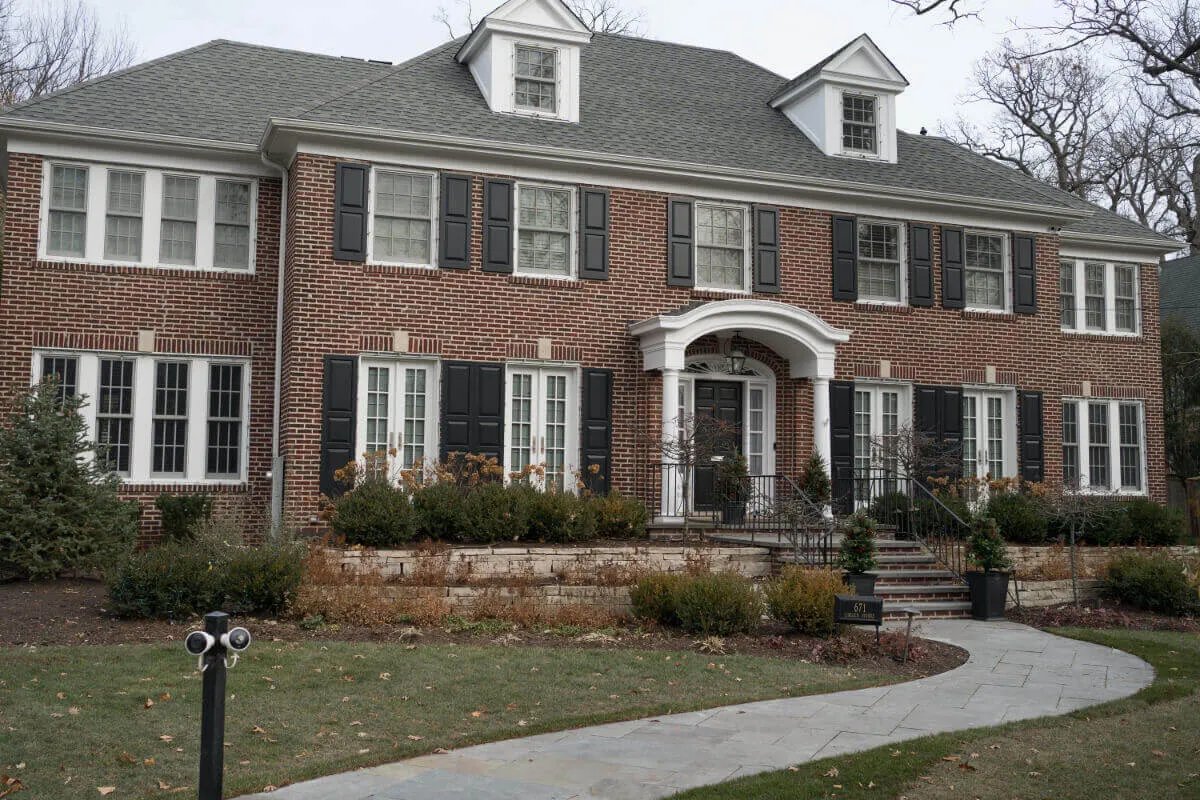‘The Phil Silvers Show’ Radically Changed in Season 4 to Accommodate Hollywood Guest Stars
The Phil Silvers Show has been known under many different names. The 1950s sitcom was originally dubbed You’ll Never Get Rich, and is often referred to as Sergeant Bilko for modern-day re-runs.
While its title may be a topic for debate, one thing has remained consistent — Phil Silvers’ portrayal of Master Sergeant Ernest G. Bilko has been making audiences laugh for generations. Even a big shift in season four couldn’t scare off its devoted viewers.

Sgt. Bilko brought pranks to the army post
The Phil Silvers Show aired 143 episodes across four seasons. Its premiere in 1955 coincided with the very start of the Vietnam War, so its army-post setting was both topical and the source of much-needed comic relief.
American entertainer Phil Silvers starred as Master Sergeant Ernest G. Bilko who, despite his very impressive name, severely neglected his service duties. Instead, Bilko focuses his energy on trying to get rich.
He pushes various scams and schemes, frequently using his colleagues as back-up or victims. He especially antagonized Colonel Hall, the disapproving post commander, creating an exciting nemesis relationship that progressed throughout the series.

All of Bilko’s hilarious hijinks transformed small-town Kansas into an enthralling spectacle for its wide viewership. Until season four, filming of the fictional Roseville, Kansas was actually taking place in New York City.
For the final run, however, the cast and crew headed to California to take advantage of the blossoming Hollywood scene.
The troops shipped west to recruit more guest stars
The Phil Silvers Show had no shortage of stars on its cast list, although many of its most notable names were less famous at the time of their appearances. Early episodes featured actors like Dick Van Dyke, Alan Alda, and Paul Reed, and Ed Sullivan — the popular star of his own show — made his first television cameo alongside Blinko.
But despite this impressive crew, producers still sought to attract more viewers by featuring even bigger personalities. Thus, the move to Hollywood wasn’t just a production change — it took place in the show as well! During the fourth and final season, Bilko and his buddies are reassigned to a fort in California.
This introduced more drama as the series was wrapping up, and also allowed for the plausibility of more Hollywood guest stars, according to MeTV. If that’s what it took to feature the likes of Lucille Ball and Dean Martin, we’d say it was worth it.
This shift also impacted the filming style of the show. Originally shot to look like a live performance, Phil Silvers now adopted the single-camera method. The format was very reminiscent of the Hollywood movies dominating theaters at the time but was ahead of the curve for sitcoms.
Bilko was a bad con-man, but an excellent character
Despite a style shift late in the game, Phil Silvers and his show left behind a clear legacy. Creator Nat Hiken saw his masterpiece be nominated for — and collect on! — three straight Emmy nominations for Best Comedy Series. After the show was canceled, NBC purchased the rights from CBS and immediately began profiting off of frequent re-runs.
In addition, Bilko’s one-of-a-kind personality was so captivating that it can no longer claim to be “one-of-a-kind”! Shows like Top Cat and The Flintstones borrowed archetypes from Phil Silvers. Although it’s hard to verify whether or not these moves are intentional, the comparison makes evident the strong cultural impact Phil Silvers has retained after all of these years.
For fans, Bilko was the original conning soldier, and he taught them to recognize a scam when they see it.


